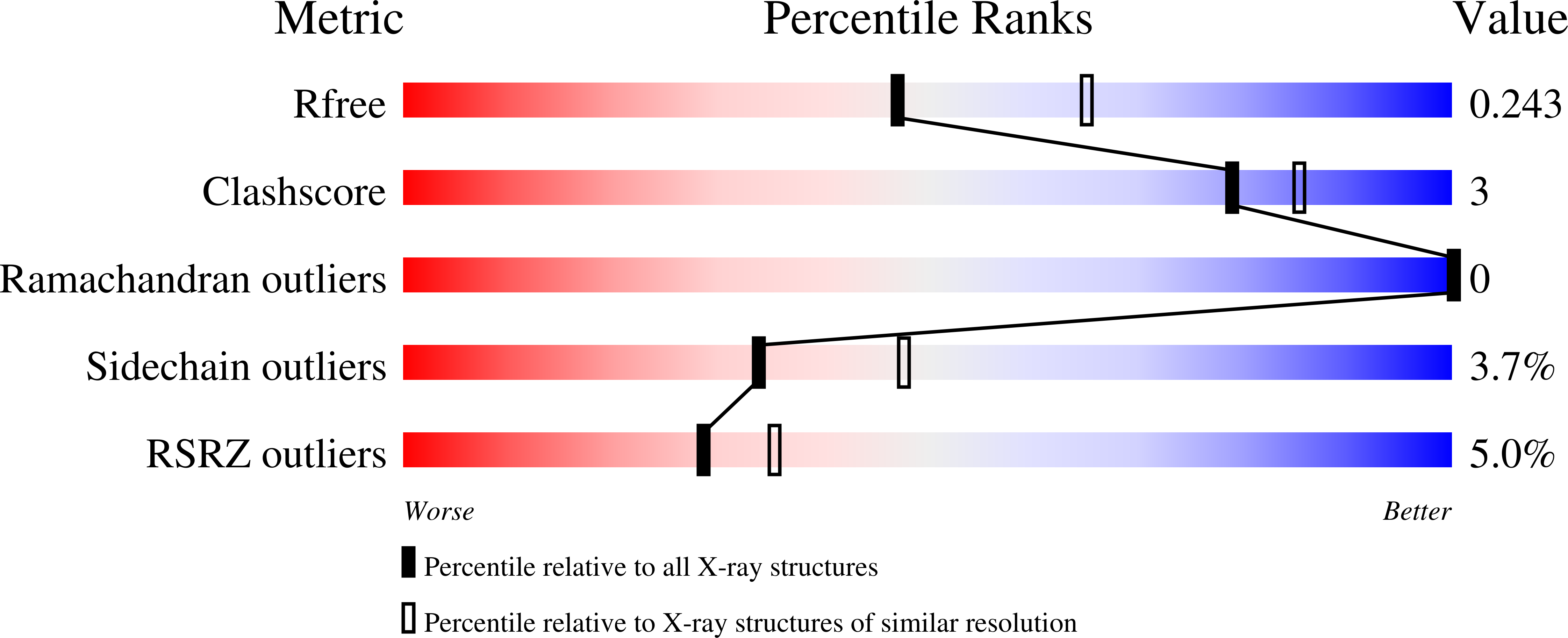
Deposition Date
2009-12-02
Release Date
2010-01-19
Last Version Date
2023-09-06
Entry Detail
PDB ID:
3KWY
Keywords:
Title:
Crystal structure of RXRalpha ligand binding domain in complex with triphenyltin and a coactivator fragment
Biological Source:
Source Organism:
Homo sapiens (Taxon ID: 9606)
Host Organism:
Method Details:
Experimental Method:
Resolution:
2.30 Å
R-Value Free:
0.24
R-Value Work:
0.18
R-Value Observed:
0.18
Space Group:
P 43 21 2


